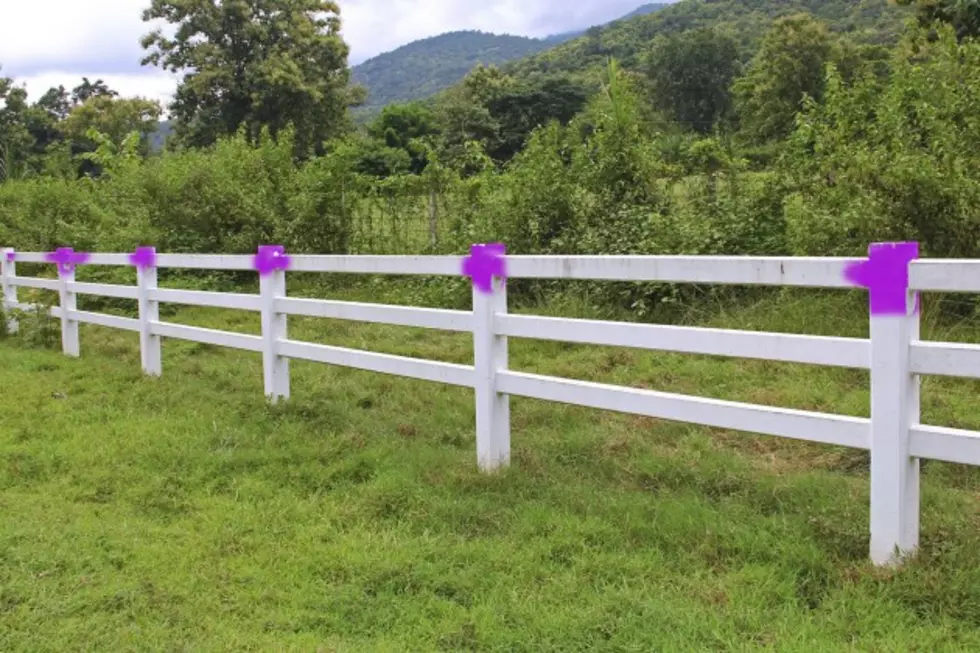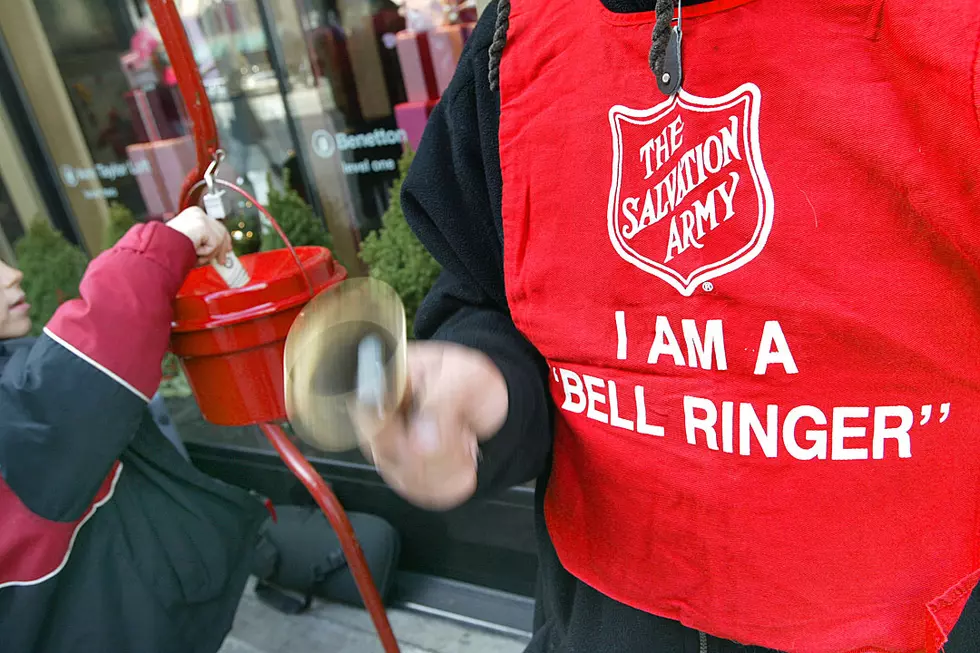
A Nightmare In The Panhandle, A True Story, Part 2
A Nightmare In The Panhandle. A true story.
So, you’re out hiking on a beautiful day, everything is right in the world at that moment.) the sunset is beautiful and you suddenly find yourself upon a beautiful grassy area with lovely summer flowers blooming. Off in the distance you barely notice the white fence. It’s pretty unassuming, you and your hiking partner head over to check it out. There are no signs, no-one nearby. Your friend notices the purple paint on the fence posts and is puzzled. With not a soul in sight and you hiked about 5 miles from the Palo Duro Canyon where you parked the car. You decide to jump over the fence and investigate.
Very Bad idea.
And here is why you should never go around or over a fence or post that is painted purple. That purple paint is not an aesthetic statement, it is a warning. A warning saying you better stay away, as in no trespassing, even more importantly no weapons or hunting beyond that marked point. Period.
Why are signs not required? Due to the sometimes-extreme fluctuation in Texas weather, signs are often knocked down or even stolen. According to the Purple Paint Law, states like ours allow landowners to paint a fence post or pole on the edge of their property purple to signify “No Trespassing.” Unfortunately, not everyone knows the true meaning of these painted posts, which can actually be quite dangerous. While the posts signify no trespassing in general, they specifically refer to no hunting as well on the marked property. This is meant to not only keep landowners cattle and other farm animals safe but to also keep the owner and their family safe from potential stray bullets.
As most Texans understand, it’s incredibly difficult to constantly keep an eye on property boarders, especially if the owner has multiple or hundreds or even thousands of acres.
So, farmers and lawmakers alike trust that the public will recognize the meaning of a purple post and keep clear of that land. Although you may not have ever hear of this law, it’s not new.
The Purple Law began in Arkansas under then Gov. Bill Clinton in 1987, Texas adopted that law in 1997. Other states with purple paint rules include Kansas, Arizona, Montana, Arkansas, Idaho, Florida, Maine, North Carolina, Missouri and Illinois.
If you’ve accidentally wandered beyond a purple painted fence or gate, you’ve broken the law. At least now you know what it really means and hopefully it will keep you from wandering past those points again.
So next time you’re exploring the High Plains, or wherever be very aware of what these markers represent. It could save your life.
More From KISS FM 96.9









